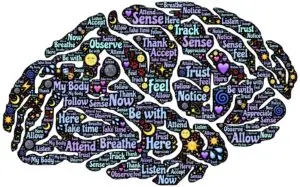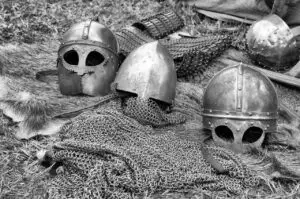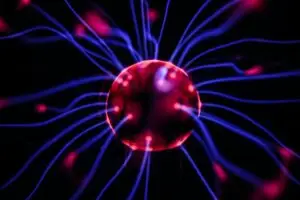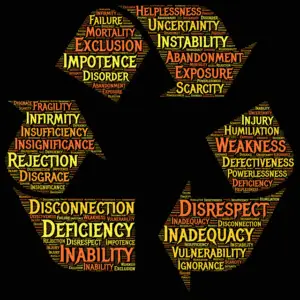Latest Blog Posts

Healing from a Difficult Childhood
It can be hard to heal from a difficult childhood but it can be done. Healing is possible and takes place through: 1. Knowledge – read everything you can about psychological subjects which are relevant to you. Learning leads to: 2. Understanding – you

Why We Self-Sabotage
Why Do We Self-Sabotage? Self-sabotage can be defined as acting in a way that is detrimental to both our well-being and to reaching our potential. Self-sabotage can be either conscious or subconscious and is expressed in our behaviours when we undermine

Defence Mechanisms
There are many types of defence mechanisms which we utilise when feeling the need to protect ourselves. There are primitive and sophisticated methods of defence for the psyche. Some are so well hidden from our conscious mind we may have no

The Fear of Abandonment
What is the Fear of Abandonment? A fear of abandonment is a deep-seated fear of being left by people that you are close to. This fear affects your thoughts and behaviours. It can be rooted in childhood from physical or emotional

The Brain and Trauma
Swollen Amygdala A child living under traumatic conditions will develop a brain that is very biased to danger. This will last into adulthood. This is done through the amygdala which is the ‘smoke alarm’ and emotional centre of the brain. Brain

Body Image and Binge Eating
What is Binge Eating? Binge eating can be defined as episodes of overly excessive and rapid eating in a short period of time which are accompanied by a sense of a lack of control. This results in distress. There can be

Symptoms of Trauma
Trauma survivors have symptoms of the trauma in their behaviours and thoughts, these are not their personality or character but are echoes of trauma. Complex Post Traumatic Stress Disorder is mostly seen in those whose trauma occurred in childhood. When children

Person Centred Therapy
It has been proven through studies that clients get the best results from therapy when certain conditions are met in the relationship between the counsellor and the client. The counsellor needs to be warm, genuine, non-judgmental and empathic and the client

Adverse Childhood Experiences
Adverse Childhood Experiences A study was published in 1998 as a collaboration between the Centres for Disease Control and Prevention (CDC) and Kaiser Permanente (a health care service provider) and was one of the first studies to look at the relationship


